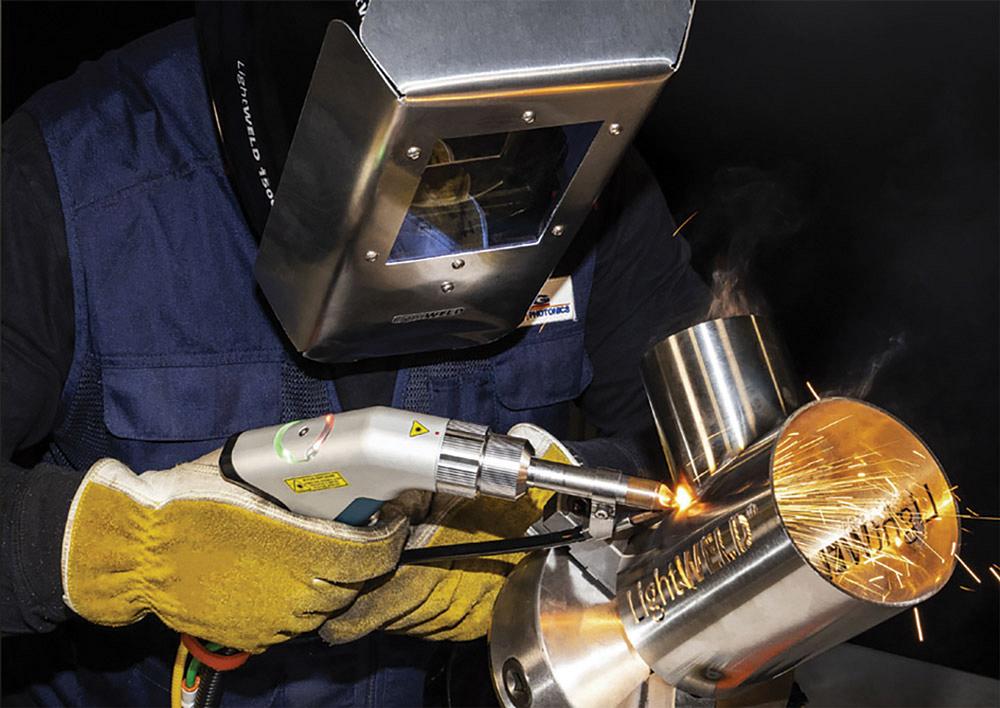Arguably one of the most useful inventions of the past century, welded joints allow engineers to design structures that are stronger and more durable than those built from separate parts. While there are several different types of welds, one of the most efficient is laser welding, which combines energy from a laser with the base materials’ constituent metals to form a solid join. While this may sound complicated, it’s actually a fairly simple process. In this article, we will explain what laser welding is, how the join is formed, and some of the applications of this process.
What is laser welding?
As its name suggests, laser welding takes advantage of lasers. Though somewhat controversial in its origin, the term “laser” actually stands for “light amplification by stimulated emission of radiation.” In plain English, this means that a laser is a very concentrated beam of light. While this light is extremely short in wavelength (only a few nanometers in length), it is very powerful, and one watt of laser light is comparable to several hundred watts of normal light.
Due to its efficiency and precision, the laser has been used in several applications, one of which is welding. Laser welding takes common arc welding and advances it by using a laser as the source of energy. In arc welding, an electrical current (the arc of electricity), along with an ionized collection of gases (the arc), is used to join two pieces of metal. The introduction of oxygen during this process gives the weld joint a desirable alloyed material (welded material consisting of iron and other elements such as chromium). While arc welding uses a close-range join, laser beams can be directed over long distances. Laser welding, therefore, takes this process one step further by using a focused laser beam to create a solid join.
How does laser welding work?
As mentioned earlier, one of the benefits of using a laser to weld is that the beam is very concentrated and can be directed over long distances. We can take advantage of this by positioning the workpiece on a movable platform and using a moving laser beam to create a weld. This process is commonly known as contour laser welding. More commonly, however, most weld joints are formed by positioning the laser beam from a fixed position. This is called straight-line (or flat) laser welding. Though less intricate weld joints can also be done using this technique, contour welding is often preferred since it can create stronger joins.
Which laser welding machine brand is recommended?
If you are looking for precision and quality, we recommend Alpha Lasers as a brand that is very worth investing into. Though they might be more expensive than other brands, their durable components will enable years of reliable service – providing worth the cost in the long run.
Typical pricing for laser welders?
On Alibaba.com you can buy a brand-new, basic laser welding machine for around $8,000 to $9,000. Intermediate models ($15,000 to $25,000) come with interchangeable workpieces, as well as fixtures for fixed-position and contour laser welding. High-end models ($35,000 and up) include everything in the previous models plus fixed and movable laser beam systems, collimation kits, sensitivity monitors, and water coolers.
Conclusion
Laser welding is an essential technology that is being used in many different industries. From household repairs to space repairs, this efficient and versatile welding technique can be applied to many different materials – allowing for the creation of strong bonds and extensive repairs. Laser welders can solve complex problems and create unique solutions based on the needs of a given project.





























